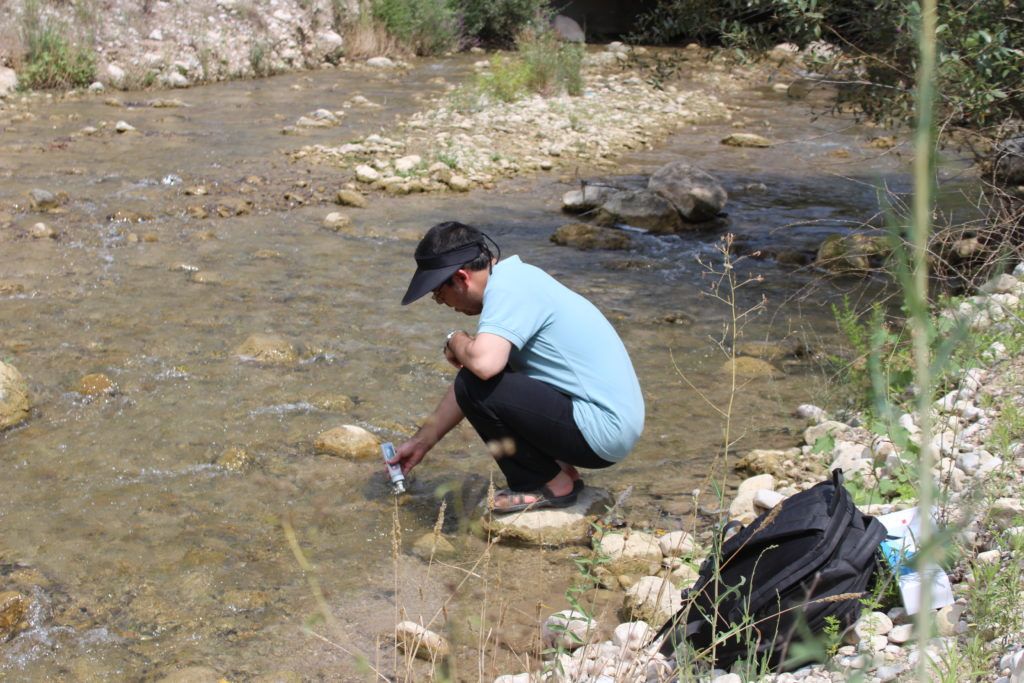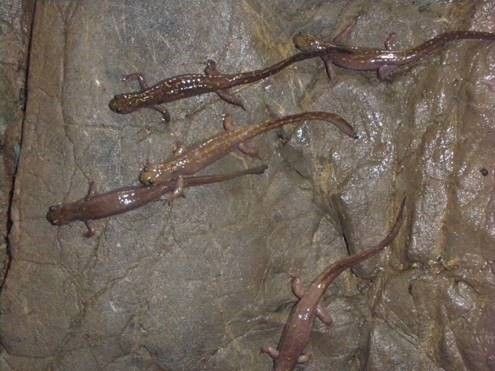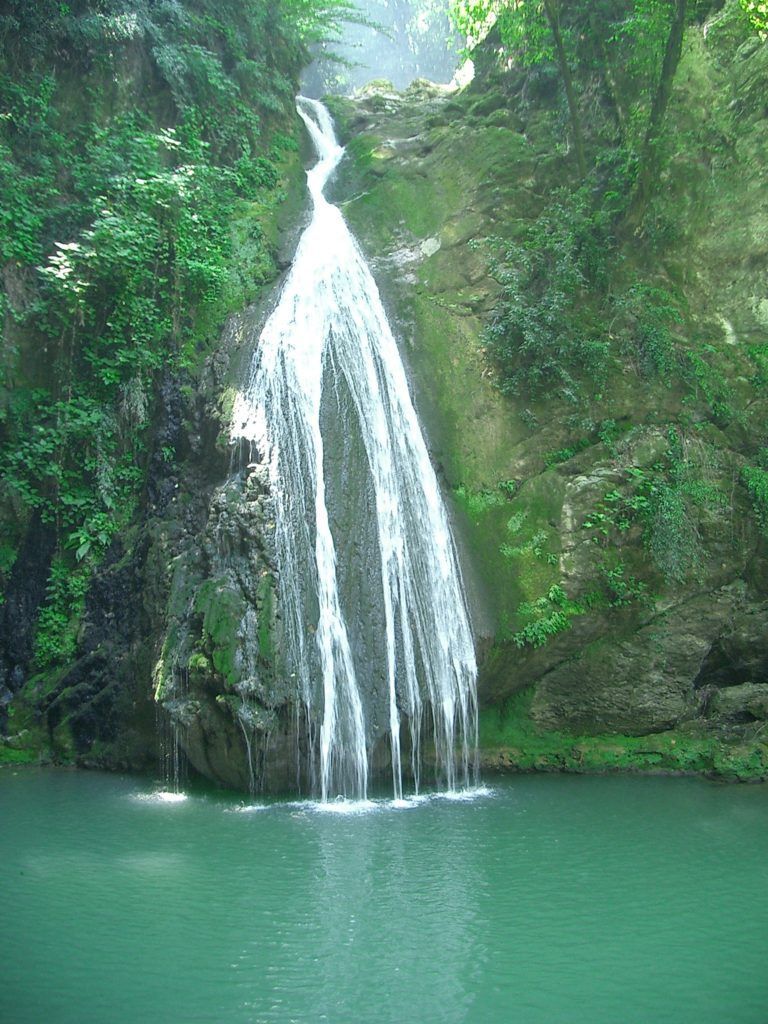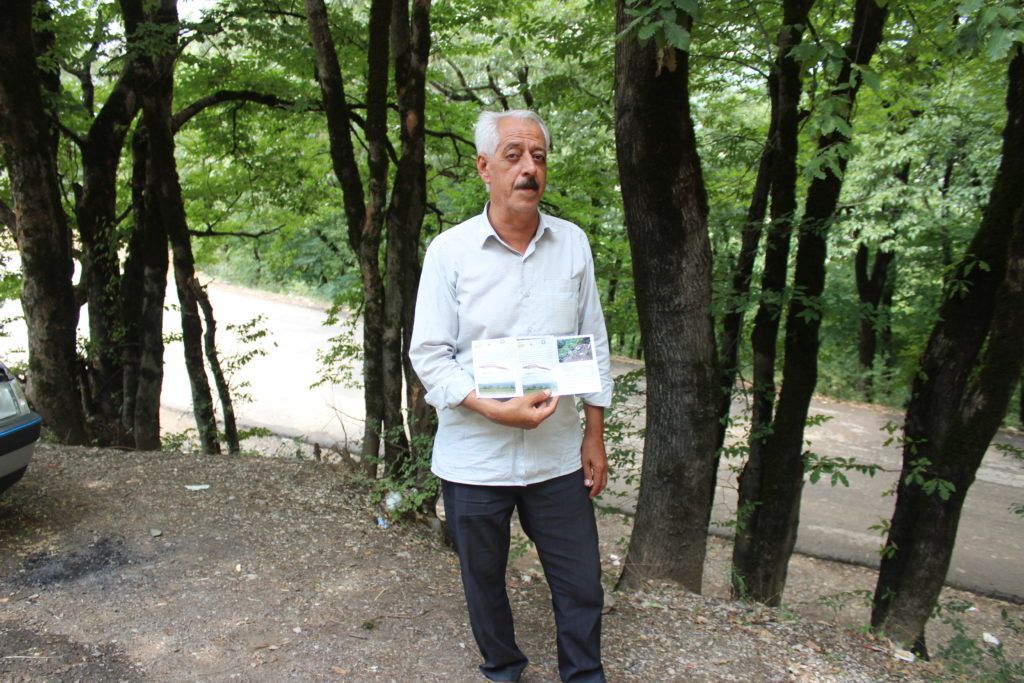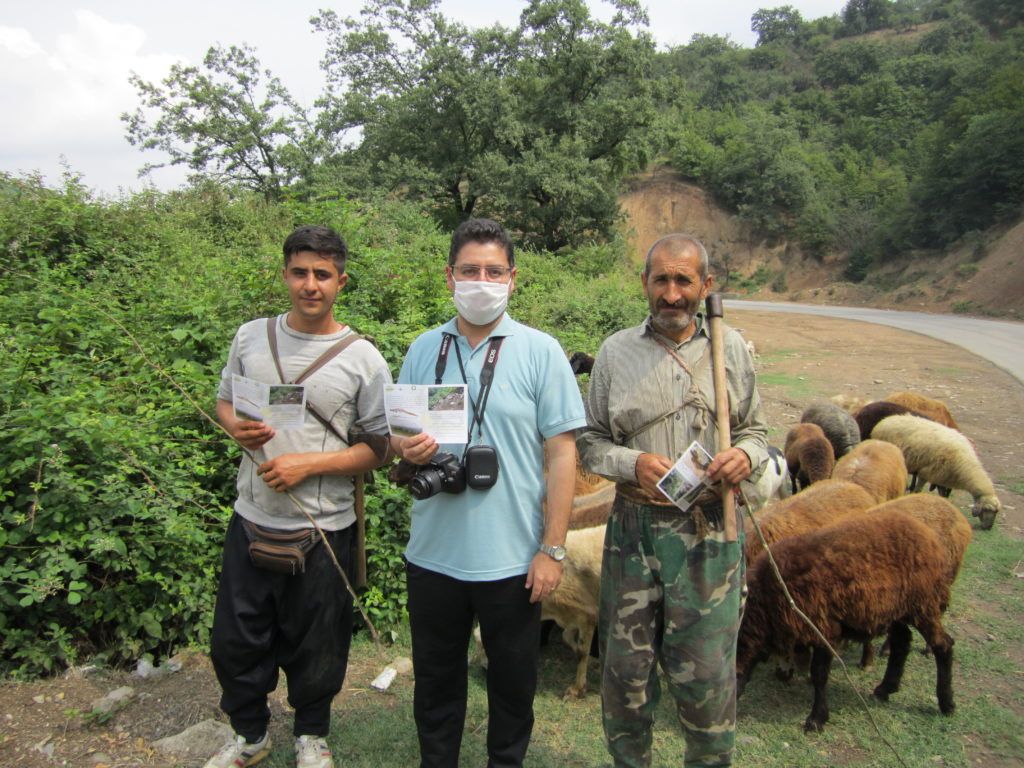Protecting ponds and waterfalls: survival strategies for salamanders
Amphibians around the world are facing an extinction crisis. There are 6,000 known species of frogs, toads, salamanders and caecilians, and almost one third are threatened with extinction. It’s a shocking fact that rings very loud alarm bells. Not least because amphibians are very sensitive to changes in their environment, changes caused by pollution, inclement weather and development. Changes that could ultimately threaten many more species, including humans.
Threats facing salamanders
Many amphibians have very small ranges, which means it’s easy for entire habitats to be wiped out. They’re hugely susceptible to climatic changes, especially prolonged, unpredictable dry periods which can impact wetlands, rivers and ponds. And of course the disease Chytridiomycosis, caused by the chytrid fungus, has had devastating impacts on amphibians across the globe.
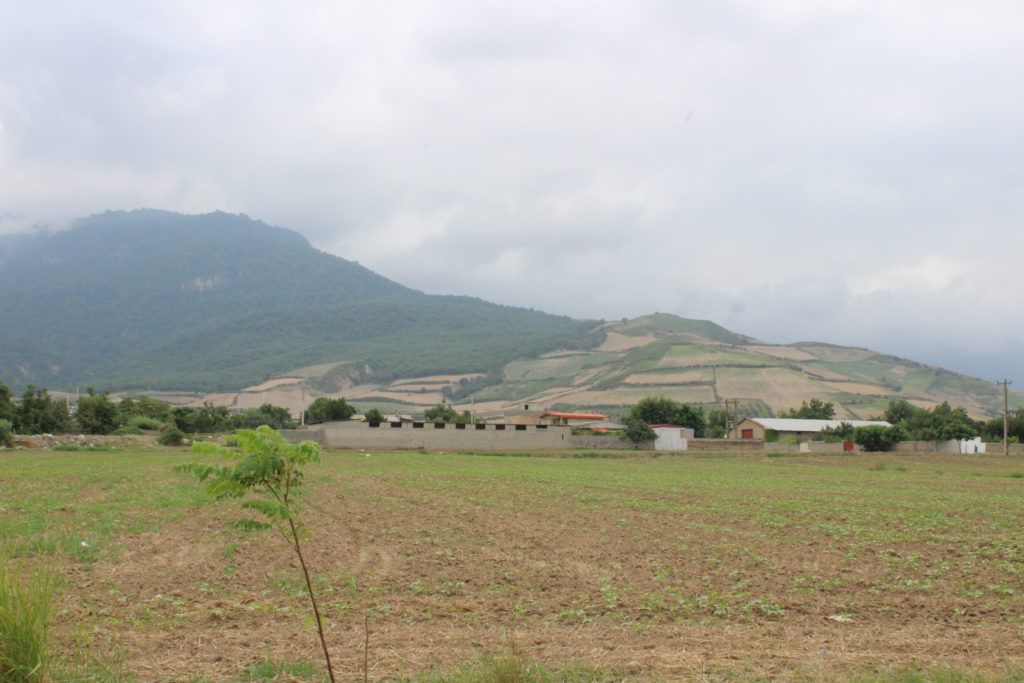
One urgent threat facing many species is just how little we understand their needs. Without knowing what their habitat requirements are, we are unable to protect those vitally important, fragile places before we lose them for good. That’s why PTES was keen to support Dr Seyyed Saeed Hosseinian Yousefkhani. Saeed works on cave salamanders. He set out to find out what type of waterways they live in, and increase awareness of the salamanders to those living alongside them.
Saeed is working to protect salamanders
Buffering the southern coast of the Caspian Sea, an ancient forest system stretches for 850km. The Hyrcanian forests, which form a highly biodiverse green arc, are classified a UNESCO world heritage site. Saeed set off to Hyrcanian forests in Golestan Province to carry out his field work. Gorgan Cave salamanders are only known from a couple of localities in this region. Saeed collected water samples to measure their pH, oxygen content, temperature and other parameters, across different seasons. He discovered, by taking samples from streams where the salamanders were present and those they weren’t, what type of environment they need to live and thrive in. The pH value is critical, too low or too high and their eggs don’t hatch. Both atmospheric and water temperature are also important. Saeed’s data and modelling suggest that the range of the salamanders will shift south and east to higher elevations as general temperatures increase with global warming. The worry is when there are no higher elevations to move to. Studies like this one are really important to identify the immediate needs of a species that is found nowhere else on earth.
Having analysed his data, Saeed’s next step was to put together information to share with locals using the streams and waterways the salamanders live in. With so few known populations, it’s important that those we know about are protected and not disturbed. Although some areas of the Hyrcanian forest are pretty remote, the picturesque Shirabad waterfall and pond is a popular local tourist destination. The salamanders tend to live in the cave behind the waterfall, but Saeed is worried that disturbance is a problem. He’s created a leaflet about the importance of the species and spent time at the site and the surrounding area, taking time to speak to locals and explain the situation to them.
More work needs to be done, but in the meantime PTES is proud of the work Saeed has carried out, shining a spotlight on this little-known species.
Thank you for helping us fund this vital work to save salamanders in Iran.
If you’d like to support other areas of our work, please donate or set up a direct debit here today.

